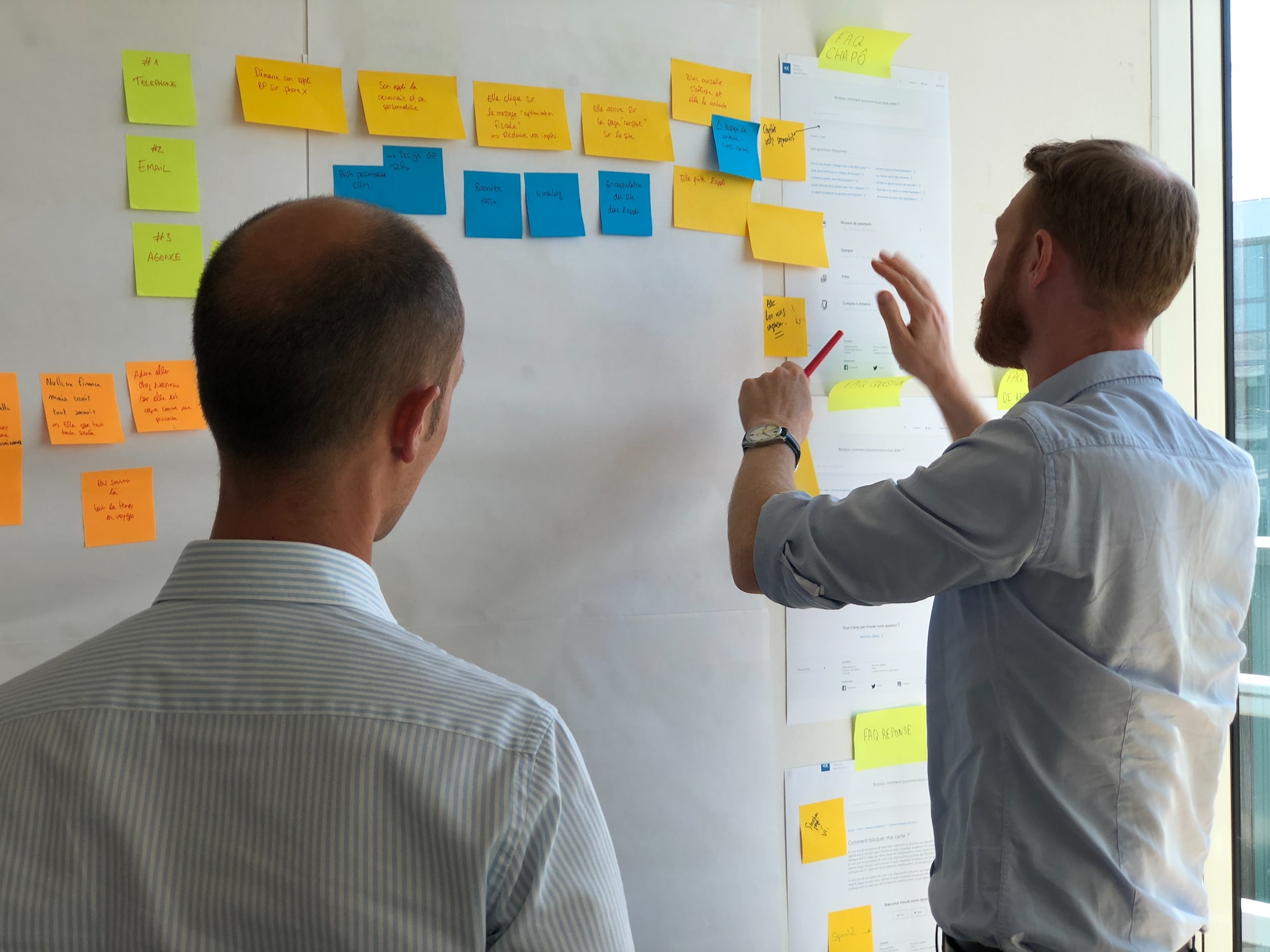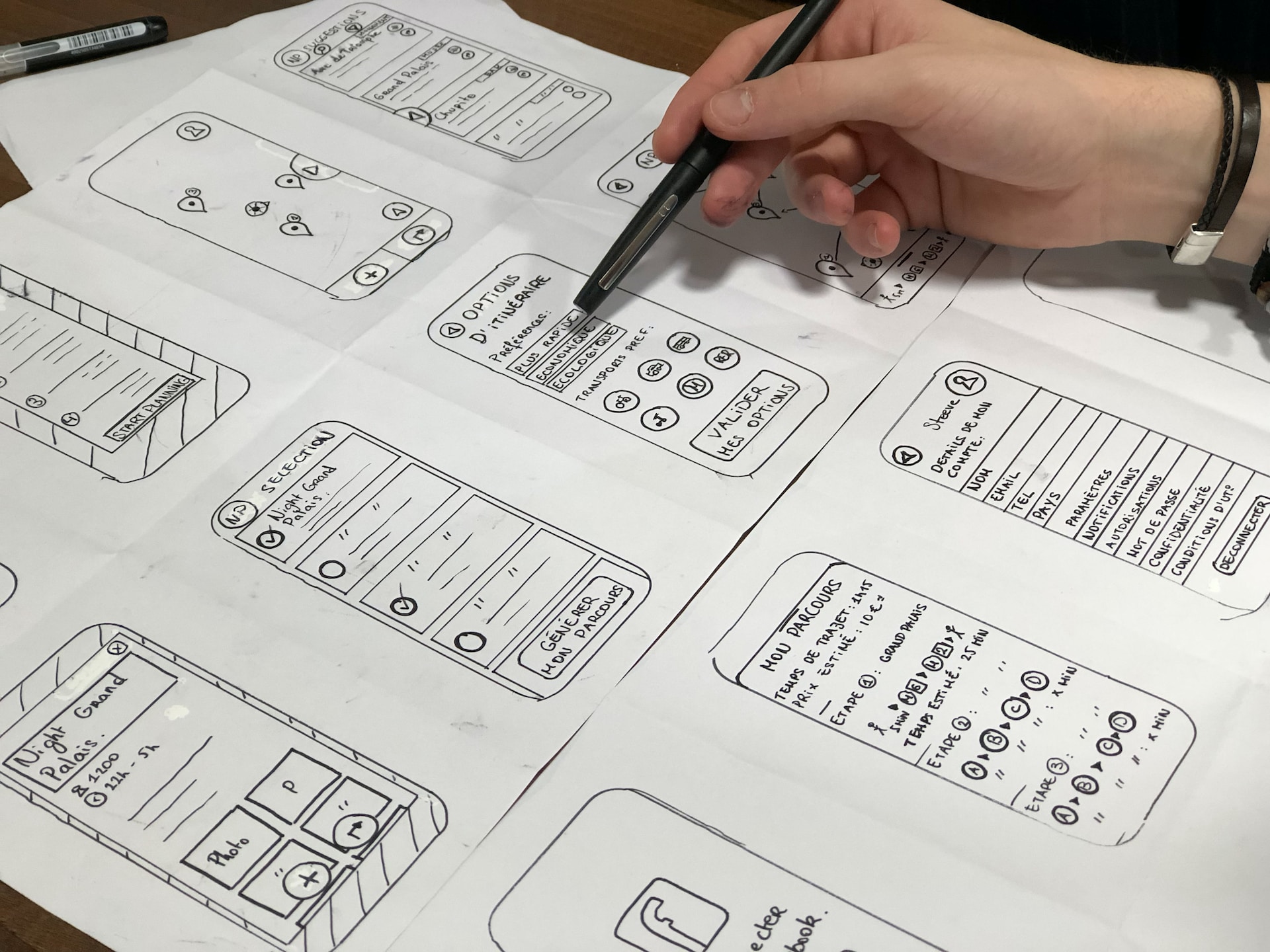The Importance of Prototyping Your Products
- User validation: Prototyping allows you to validate your product concept with real users, ensuring it meets their needs and expectations before committing significant resources to development.
- Iteration: Creating a prototype enables you to iterate on your design, refining and improving it based on user feedback and testing results.
- Risk reduction: Prototyping reduces the risk associated with launching a new product, as it helps identify and address potential issues before they become costly problems during development or after launch.
- Team alignment: A prototype serves as a tangible representation of your product vision, helping align your team around a shared understanding of the product's goals and requirements.

Types of Prototypes
Low-Fidelity Prototypes
- Paper prototypes: Hand-drawn sketches or printouts that represent the product's user interface and functionality.
- Wireframes: Basic digital representations of the product's layout, using simple shapes and placeholders for content and functionality.
- Clickable prototypes: Interactive wireframes or mockups that allow users to navigate through the product's interface and perform basic tasks.
High-Fidelity Prototypes
- Interactive mockups: Detailed, pixel-perfect representations of your product's user interface, complete with visuals, animations, and interactions.
- Functional prototypes: Fully functioning versions of your product, built using actual code and incorporating the product's intended features and functionality.
Best Practices for Product Prototyping
1. Set Clear Goals and Objectives
2. Choose the Appropriate Level of Fidelity

3. Involve Users Early and Often
4. Iterate and Refine Your Prototype
5. Document Your Findings and Insights
6. Communicate Your Prototype's Purpose and Limitations
7. Don't Overthink It
Examples of Successful Prototyping
- Apple: Apple's product development process is famously secretive, but it's known that the company places a strong emphasis on prototyping. In the development of the first iPhone, Apple reportedly created numerous prototypes, testing and refining the device's design and functionality before settling on the final version that would revolutionize the smartphone industry.
- Airbnb: In the early days of Airbnb, the founders used a low-fidelity prototype – a simple website with basic functionality – to test their idea and gather user feedback. This initial prototype allowed them to validate their concept and refine their offering before investing heavily in development.
Mastering Product Prototyping

Related Courses
Product Discovery Done Right
Understanding how to apply product discovery to steadily create value. Developing strategies to gain support from high-level management.
Build Better Products With Customer Insights
The best products are not the ones with the most features, but the ones that deliver the most value.
Product Management Leadership Essentials
We'll dig into negotiating C-level priorities, the language of executives, building successful teams, hiring, and merchandizing R&D wins.
Startup Product Accelerator: Build Winning Products with AI
Become the product leader your team needs. Learn and apply essential skills and frameworks to build successful product with less stress.
Practical Product Discovery for solving your customer problems
Learn how to practically do product discovery in your daily job and prioritize execution tasks accordingly.
Understanding your Customers - Product Discovery Fundamentals
Understand your customers' pain points and iterate on your early-stage idea or prototype to create products people love. ❤️
You might also like

Becoming a Top Product Manager: Tips for Accelerating Your Career Growth

Mastering Competitive Positioning: A Comprehensive Guide for Product Managers

User Research: Selecting the Right Method

